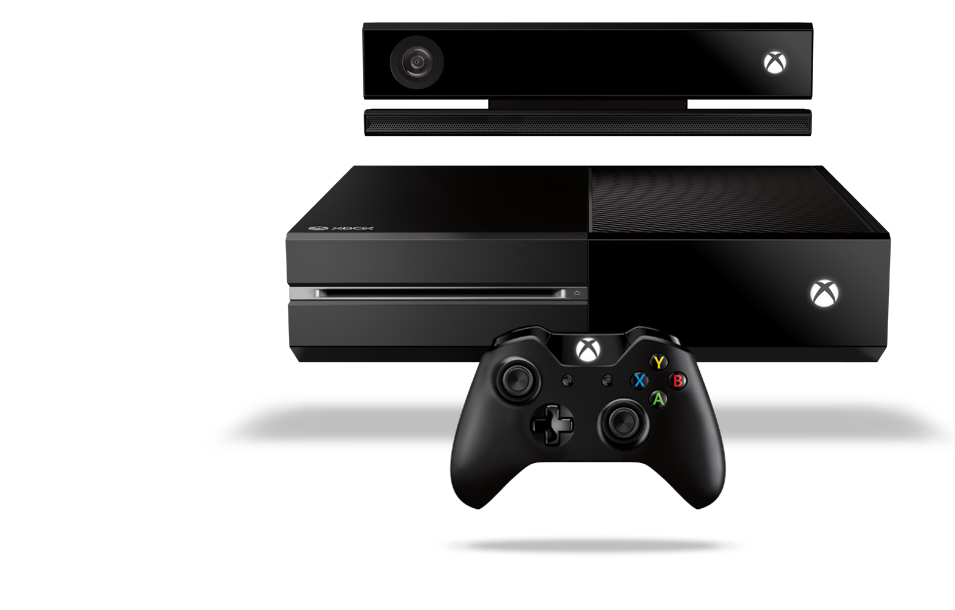| Source: http://t2.gstatic.com/images?q=tbn:ANd9GcQ9WyMat23OKLRJW5NIVcJkSWcizsyjUbfKtxjc1hMrOB9nuFx8 |
For me, anything computational is unexplored frontier. I've
never studied computational physics, chemistry, or even science for that
matter. The algorithms and models scare the heck out of me, but I guess this
blog post will help me with my understanding and stare computational science
right in the figurative eye.
Computational chemistry is the science of running computer
simulations to help solve chemical problems. So rather than mixing chemical A
with chemical B to see what happens, you could theoretically use the computer
simulation and get the exact same result. Where the mind boggling part comes in
is that a computational chemist must have a vast knowledge of both chemistry
and computer science. Finals are right around the corner and thinking about more
schooling makes me shudder.
 |
| Source: http://lsdm.campusgrid.unina.it/files/pub.jpg |
The holy grail for all computational chemists is to create a
formula or program that can simulate any and all chemical reactions and
behaviors. There are two branches of computational chemistry. First is
molecular mechanics and dynamics base which is based on classic mechanics and
incorporating parameters from different experiments or theoretical methods. The
second branch is called computational quantum chemistry which, to my knowledge,
uses quantum mechanics to model individual atoms and molecules.
One of the main benefits of using computational chemistry
versus doing lab work is reducing the cost. Chemicals aren't cheap and using
computers to do it rather than actual lab equipment saves costs, plain and
simple. It also helps with the safety of chemists when dealing with volatile or
toxic chemicals. One of the great benefits of computational chemistry is that
if the formulas and code are correct, you get a very accurate result with no varying
factors such as contamination, wavering temperatures, etc.
All in all computational chemistry is actually a very
interesting subject. The ability to test everything on a computer would be an
extraordinary tool for chemists to use and would therefore further chemists
knowledge in the field.
Sources:






